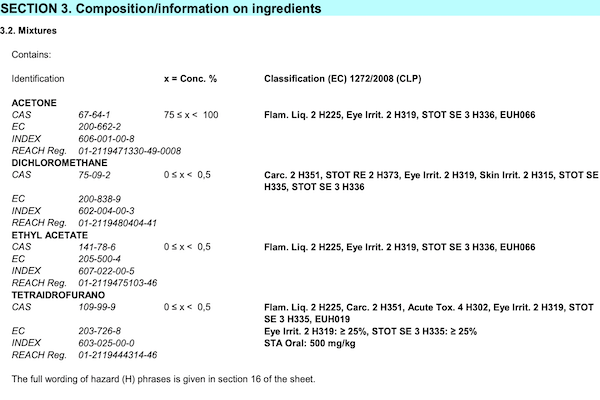Discharge of distillation residues

I want to address the topic of discharge of distillation residues, as it represents a crucial point when evaluating the purchase of a machine. It’s important to note that the residue discharge system and tank cleaning are significant aspects of the operator’s activity.
There are two main discharge methods: manual and automatic. Both have their advantages and specific considerations depending on your operational needs. Below, I will provide a brief description of both options, indicating when one is more appropriate than the other and why.
Manual Discharge:
This method is usually used for smaller distillers (from 10 to 60 liters). To clean the tank, you need to manually tilt the machine. Then, using wooden or plastic tools, you discharge the residue.
It is crucial to pay attention to thorough cleaning of the upper edge to prevent the formation of deposits that could compromise the seal and the lifetime of the lid gasket.
To avoid manual tank cleaning after each distillation cycle, you can use a specific bag placed inside the tank, where the dirty solvent will be loaded into. At the end of the distillation cycle, the residues will remain in the bag. This bag can be removed along with the residue, leaving the tank clean for the next distillation. However, it’s important to note that this solution has a maximum weight limit for manually lifting, making it less suitable for larger machines.
Automatic Discharge:
This option is more common for larger distillers. The automatic discharge system allows programmed draining of residues through the discharge valve, eliminating the need to manually tilt the machine. This makes the cleaning process more efficient and reduces downtime between distillation cycles.
Keep in mind that with the manual discharge system, you need to open the lid after each cycle to empty the residue and clean the tank. For safety reasons, you must wait for the thermal oil temperature to drop below 50°C, resulting in a time loss for the operator.
An alternative can be represented by front or bottom discharge of residues, with the manual opening of a discharge valve. This avoids the need to tilt the machine and open the lid for every distillation cycle. However, after several cycles, the tank will still need to be cleaned manually to remove any deposits that have formed inside.
Some still recommend using manual tilting of the machine even for larger installations. This choice is mainly motivated to contain the machine’s cost or for the type of product and pollutants to be distilled. For example, if the residue is rich in resins or adhesives that catalyze, it cannot always be discharged through the valve.
However, it’s important to emphasize that today, fully automatic machines are available that save time, increase profitability, protect the operator from exposure to solvent vapors through “closed-loop” operation, and ensure safety through specific design for autonomous operation and compliance certifications for zone 1.
In conclusion, it’s essential to carefully assess the distiller’s size, your specific needs, and safety regulations to determine the most suitable discharge solution. Consulting industry experts can help you select the right machine, ensuring an efficient, safe, and compliant distillation process.
How is residue discharge handled in fully automatic machines?
At the end of the distillation cycle, the machine checks the minimum material levels in the tank and the presence of the residue collection container. Then, it opens the discharge valve to allow the residue to be evacuated.
Automatic tank cleaning is ensured by the presence of a scraping blade that cleans the walls and conveys the residue to the tank’s discharge opening. The residues can be discharged into 200-liter drums or 1.000-liter IBC containers with lids to seal vapors during discharge.
This operation is carried out without generating solvent fumes caused by opening the hatch or discharging into open drums. The opening and closing of the discharge valve are timed, and once closed, the machine automatically starts a new distillation cycle with the loading of dirty solvent, without the need for human intervention.
In conclusion, it’s true that initially, a manually discharged distiller has a lower cost compared to an automatic one. However, have you considered the costs associated with the operator spending at least 30-40 minutes on each distillation cycle to empty the residue, clean the tank, reload the spent solvent, and start a new cycle?
Not to mention the operator’s health aspect, having to breathe in solvent vapors during residue discharge and distiller cleaning. It’s clear that the person in charge of this operation won’t be thrilled. I recommend you perform a quick return on investment calculation and draw your own conclusions. When the daily quantity of solvent to be distilled and the conditions allow it, I have no doubts in recommending a fully automatic consecutive cycle distiller. This specific solution allows you to automate and monitor your distillation process, even remotely, without the need for constant and active intervention by an operator dedicated to plant management.







